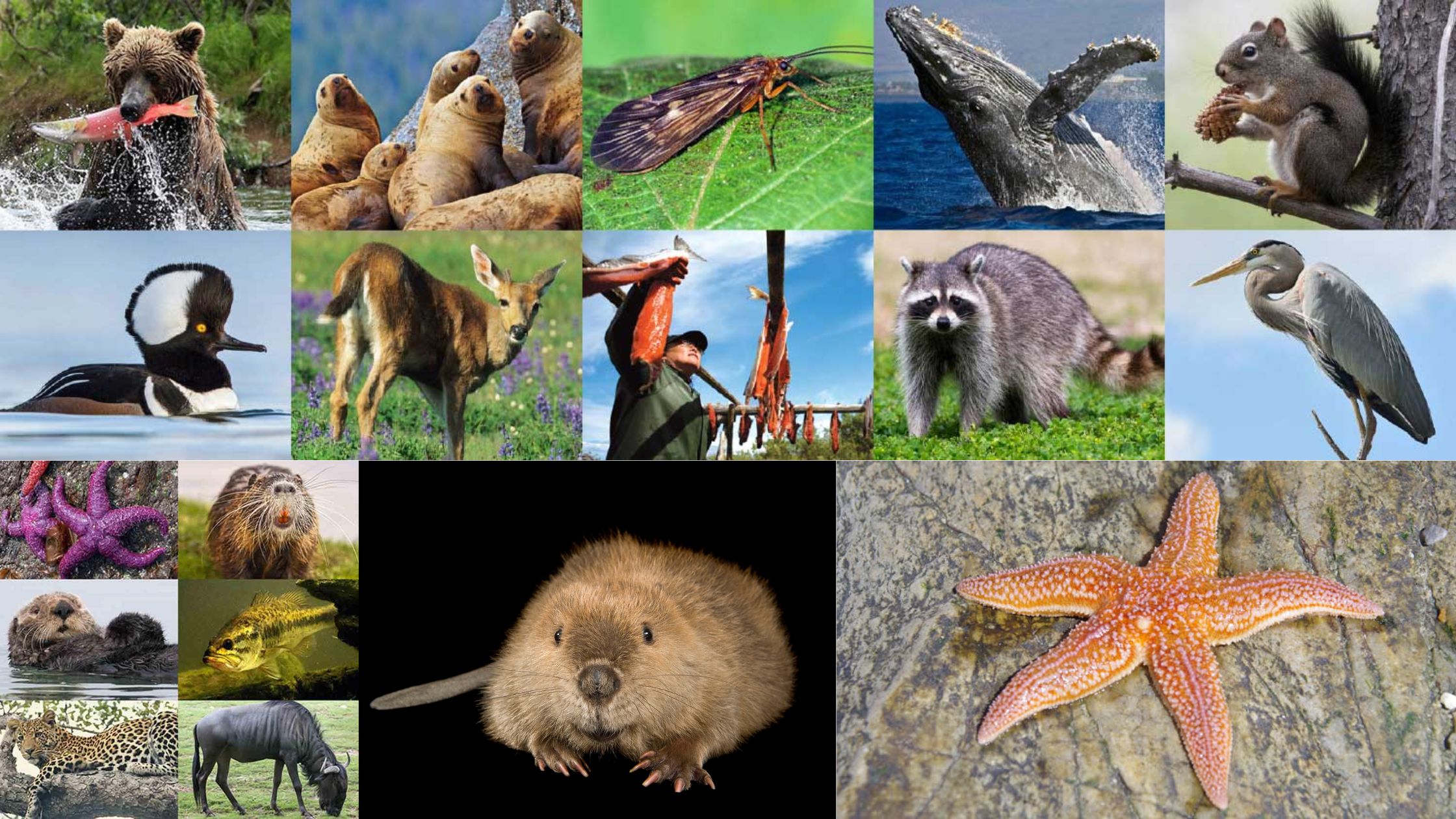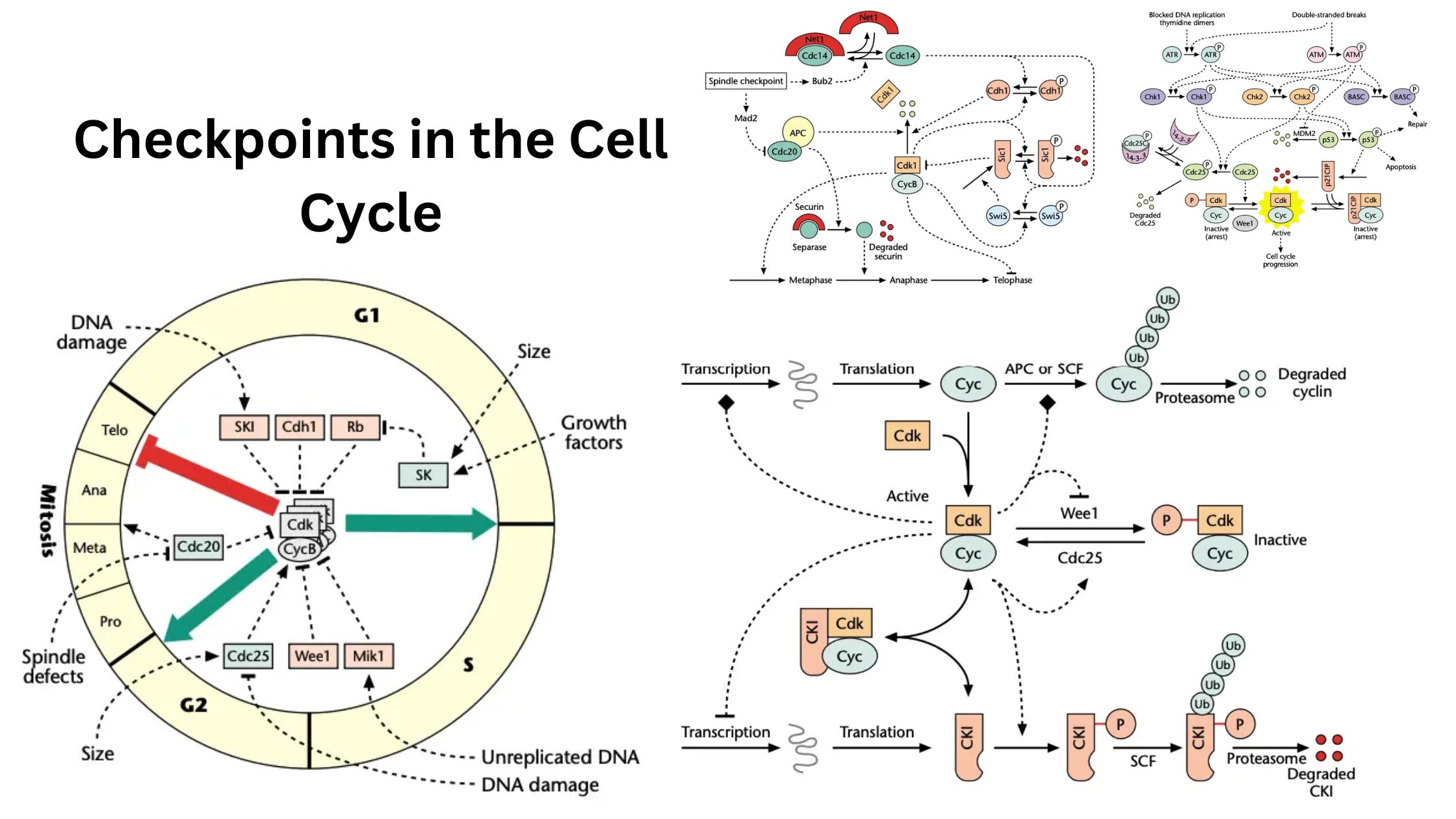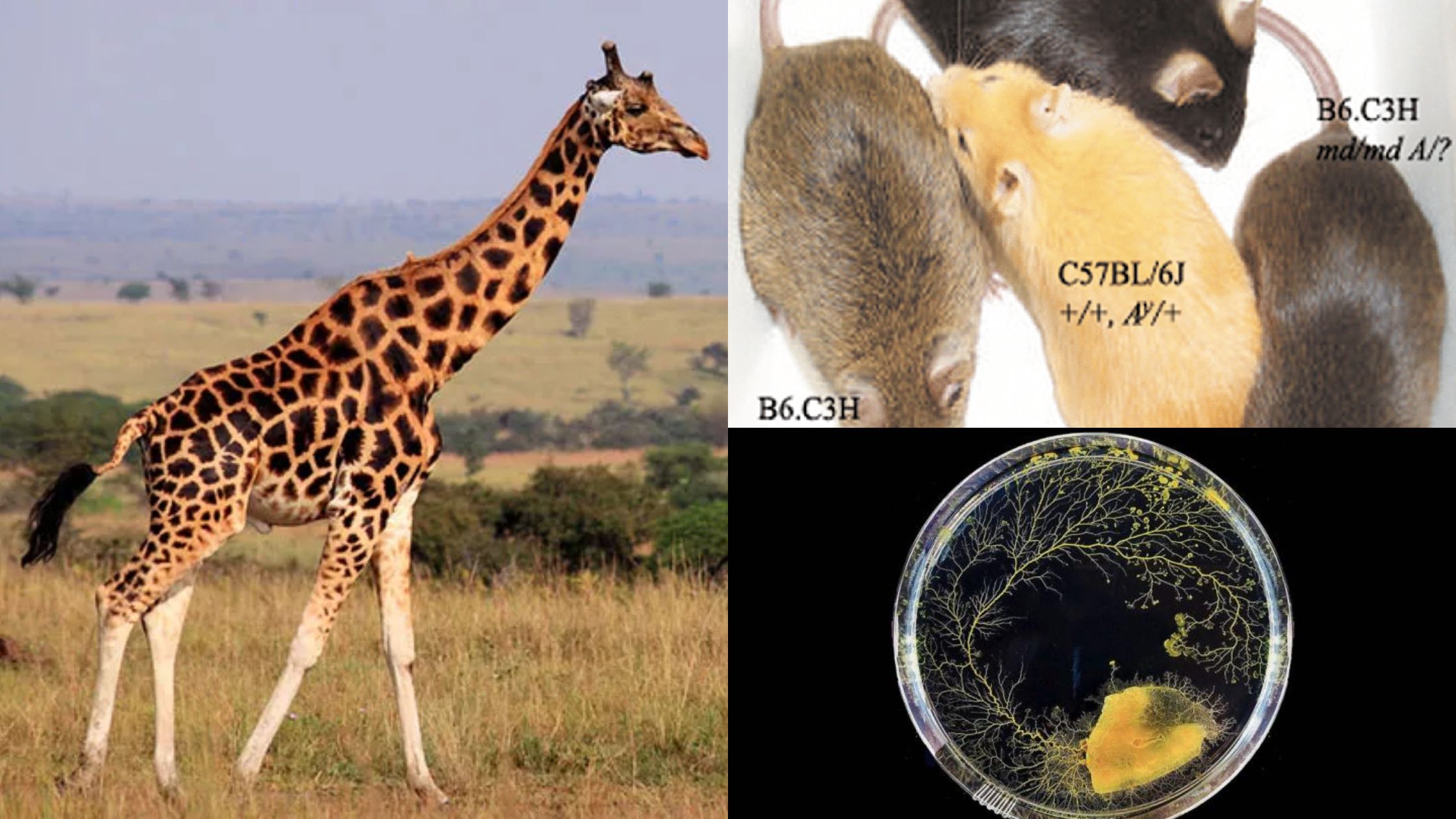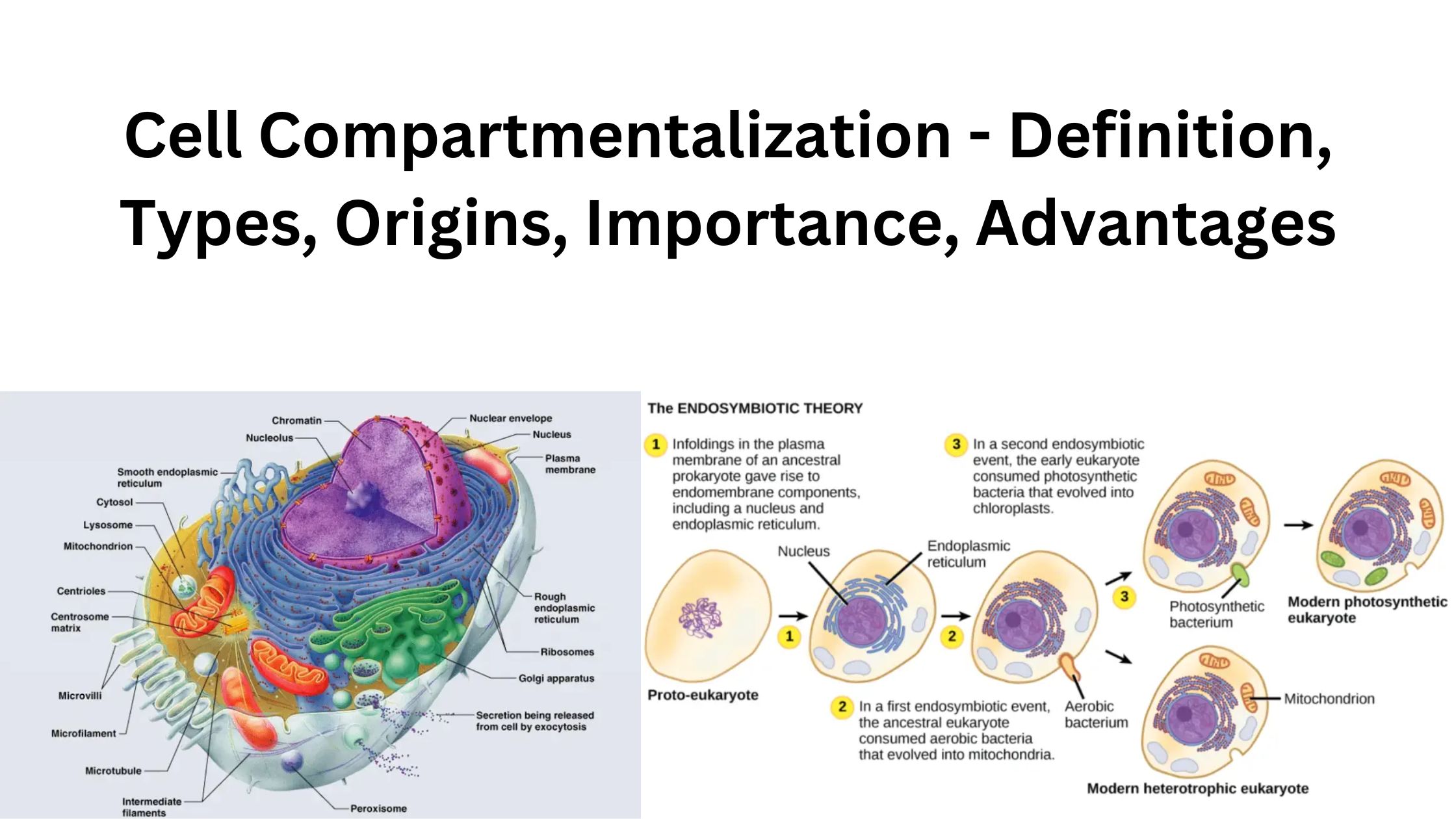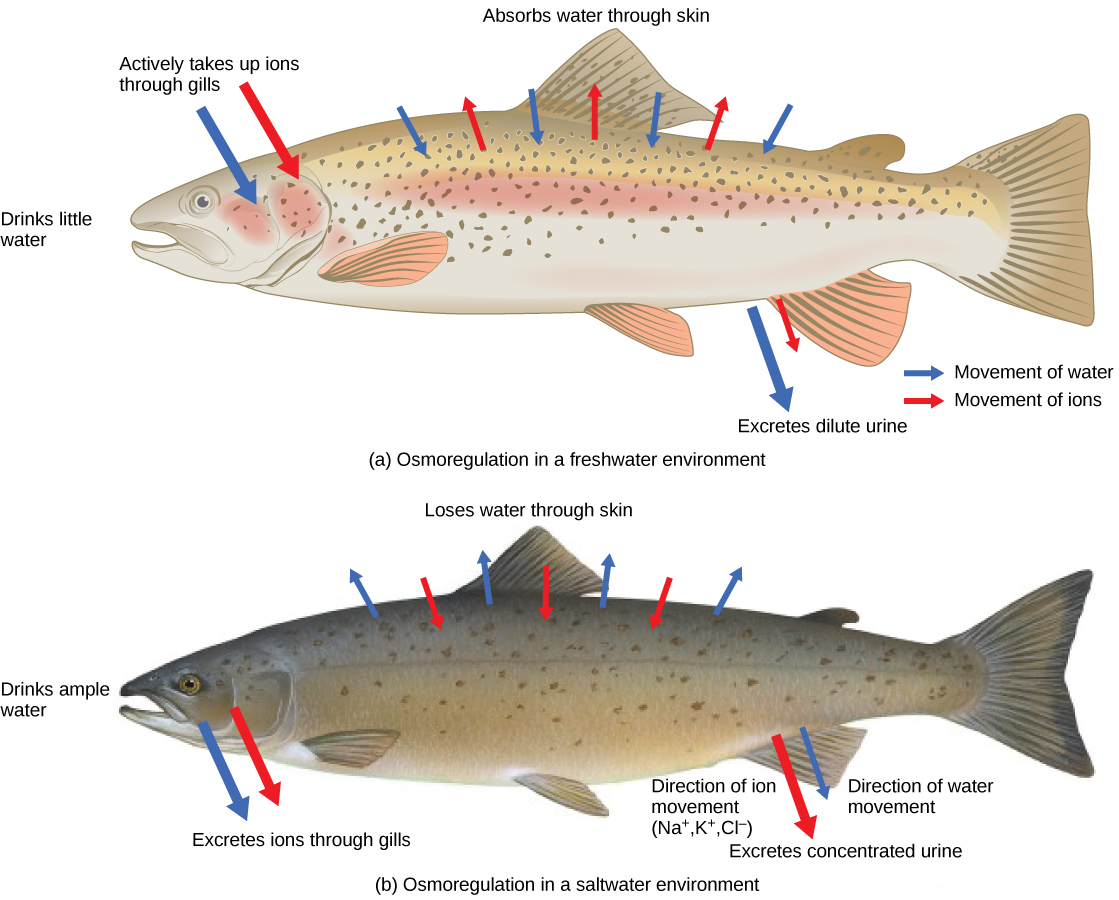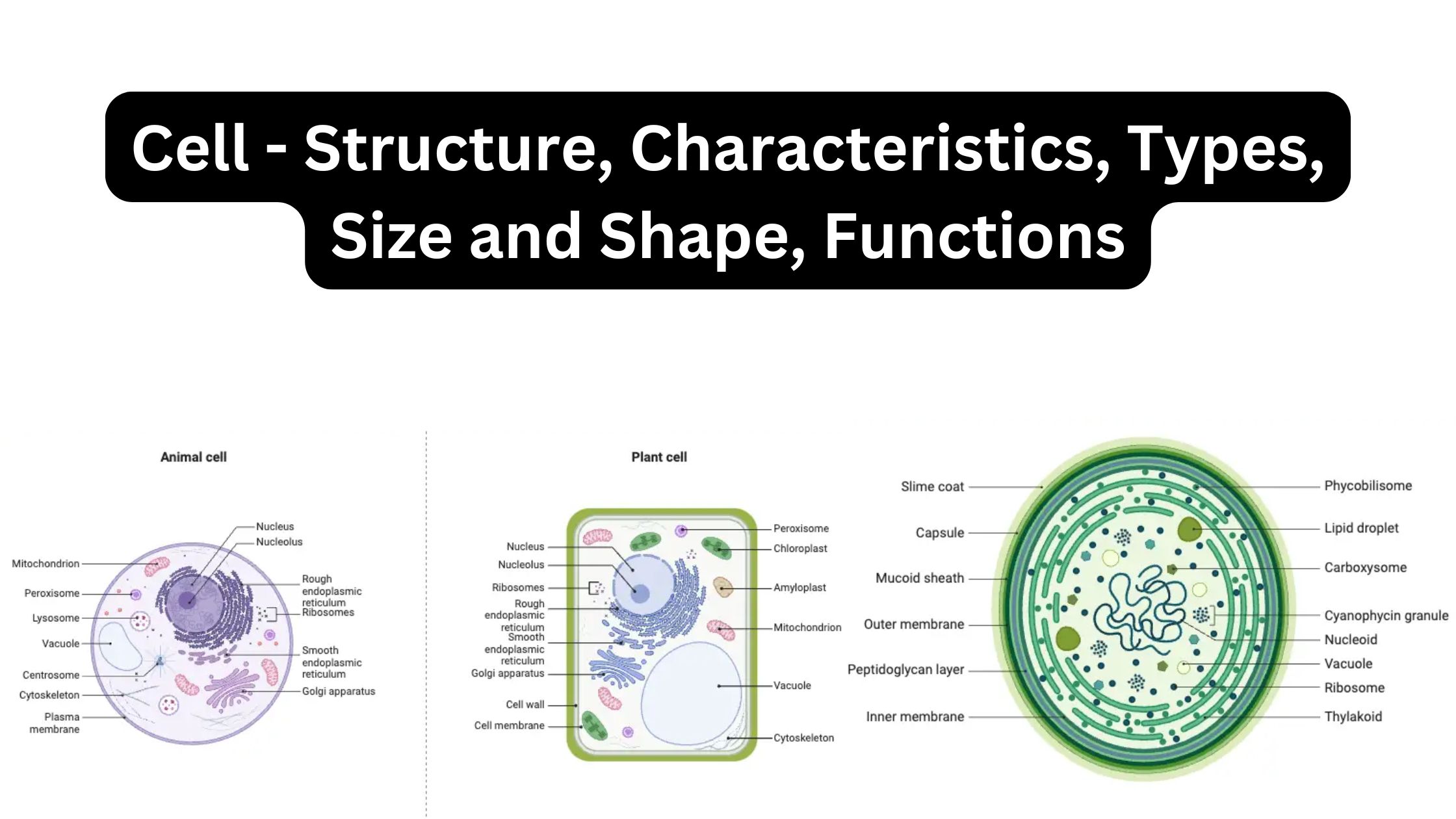Keystone Species – Types, Characteristics, Their Role in Ecosystem Stability, Examples
What are Keystone Species? Characteristics of Keystone Species Keystone species are vital to the functioning and stability of ecosystems, exhibiting several distinct characteristics that set them apart from other species. Their influence on ecological dynamics is profound, and understanding these traits is essential for appreciating their role in maintaining biodiversity and ecosystem health. Types of … Read more
